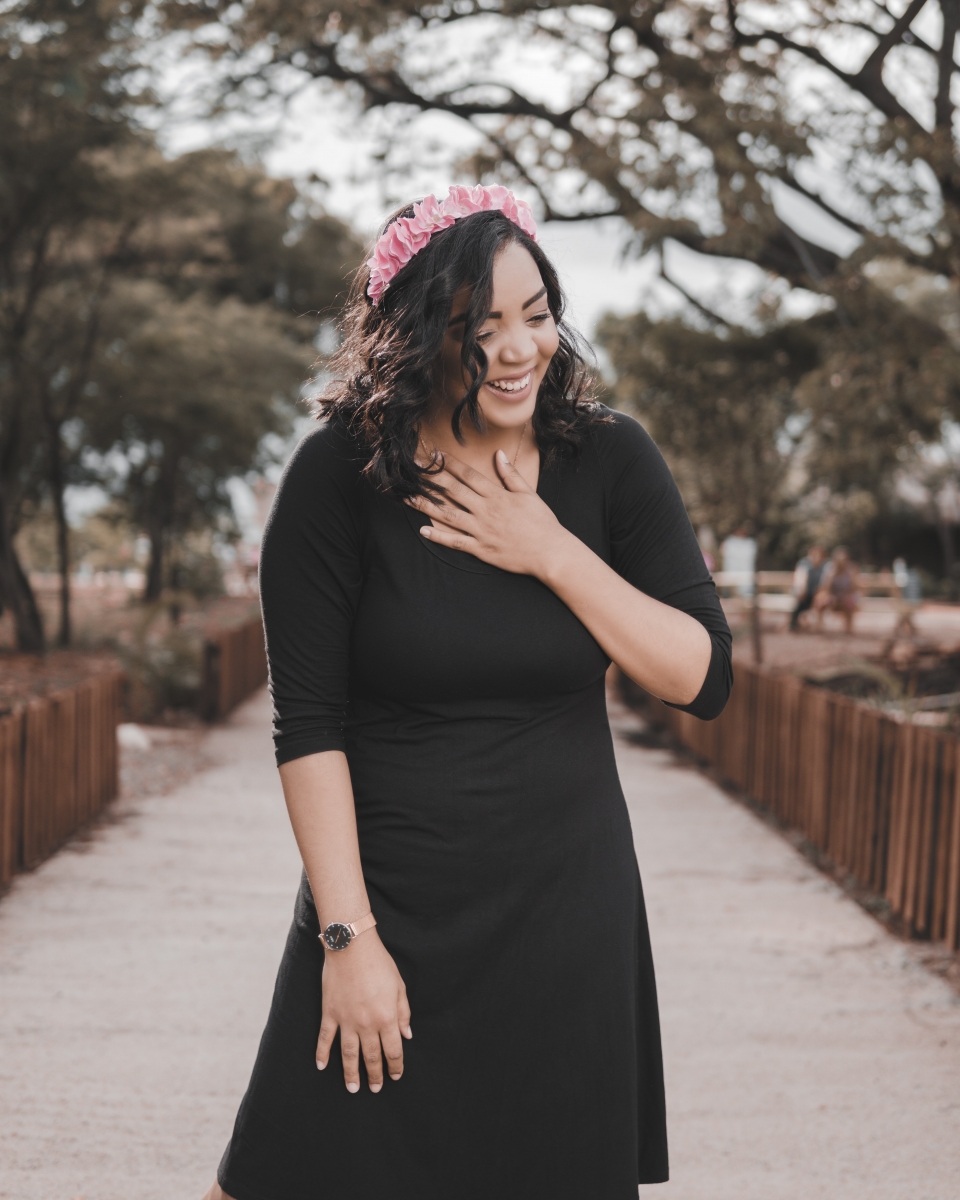 In the midst of these uncertain times, the well-being of children and youth is the top priority for many parents, teachers, and caregivers. But how can we help young people feel safe and healthy when we, as adults, are struggling to feel the same ourselves?
In the midst of these uncertain times, the well-being of children and youth is the top priority for many parents, teachers, and caregivers. But how can we help young people feel safe and healthy when we, as adults, are struggling to feel the same ourselves?
Coping with high levels of uncertainty[1] on a daily basis - and on a global scale - puts our bodies and brains in survival mode, priming them for anxiety and stress. Living with chronic stress is a form of trauma that has been, and continues to be, widespread as we face the effects of the COVID-19 pandemic.
By now, many of us know that stress is contagious within homes and classrooms. But unlike our collective efforts to prevent transmission of illnessses like COVID-19, stopping the stress contagion requires more than wearing masks, keeping distance, and washing our hands well.
It requires that we, as adults, attune deeply to our felt experiences of fear, anxiety, and uncertainty, develop our capacity to tolerate uncomfortable sensations, and work with our bodies' intelligence to release them.
Somatic Experiencing is a powerful approach for doing exactly that. Developed by internationally acclaimed clinical psychologist Peter Levine, PhD, Somatic Experiencing helps us notice how we hold feelings of stress or fear within our bodies and provides us with simple and effective tools for letting go of them[2].
Basic principles of Somatic Experiencing include:
- Trauma is not an event - rather, it is the energy that gets trapped in the body in response to real or perceived threat
- When we are unable to restore a sense of safety following a threat, the trapped trauma energy causes our nervous systems to get stuck in a "survival state[3]" of over- or under-reaction (fight, flight, or freeze)
- Somatic Experincing is a set of practices that can help us to release the stuck trauma energy through "biological completion," bringing balance to the nervous system and restoring our sense of safety
5 Somatic Experiencing Practices for Parents, Teachers, and Caregivers
 1. Use caring touch to create a physical container for your feelings through "self-holding".
1. Use caring touch to create a physical container for your feelings through "self-holding".
2. Settle your nervous system by recalling, in detail, a time when you felt most like yourself. [4]
3. Create a sense of safety with this 10-minute Somatic grounding exercise.
4. Dial down pain by flowing between comfort and discomfort with this 10- minute guided pendulation practice.
5. Use the iChill app to develop a range of of calming and self-regulation skills to build resillience.
- According to Somatic Experiencing, we can either be in a "safe brain" state (in which we feel Secure & Calm and Alert & Engaged) or in a "survival brain" state (in which we feel on-edge, fearful, and threatened).
- Being in a "safe brain" state requires that we manage our stress reactions and strengthen our capacity to tolerate uncomfortable thoughts and sensations
In their 2015 article, Levine and co-authors discuss how Somatic Experiencing uses interoception (feeling into the body) and proprioception (feeling where the body is in space), along with other forms of inner attention and imagery, to balance to the nervous system and restore feelings of safety in people experiencing trauma and chronic stress.
Further studies on the role of Somatic Experiencing in healing trauma and stress can be found here.
Excerpt by Rhonda Kelloway, LCSW, SEP, for LifeCare Wellness: "5 Somatic Experiencing Exercises to Keep Grounded During Coronavirus Uncertainty".
Peter Levine, PhD, the developer of Somatic Experiencing therapy, sometimes uses this Somatic Experiencing exercise to encourage settling and regulation in the autonomic nervous system. The first part of this exercise can help you find emotional and nervous system regulation and help to keep grounded.
- Take a moment and notice your overall experience.
- Then recall a time in the last 24 hours when you felt most like yourself – or the person you would hope to be more of the time. (Extend the time frame if something doesn’t come to mind from the last day.)
- As you remember this event in a detailed way – almost as if it was happening again – notice what happens in your body in this moment now. Especially notice your five senses in the memory.
- Recall another time you most felt like yourself or the person you’d like to be, this time within the last several weeks.
- Again, as you remember this event in a detailed way – almost as if it was happening again – notice what happens in your body in this present moment.
- What do you notice now about your overall experience?
Check out this Heart-Mind Online resource to learn more about the effects of uncertainty on body and brain (hint: it affects our ability to make decisions, think rationally, cope effectively, and feel Secure & Calm).